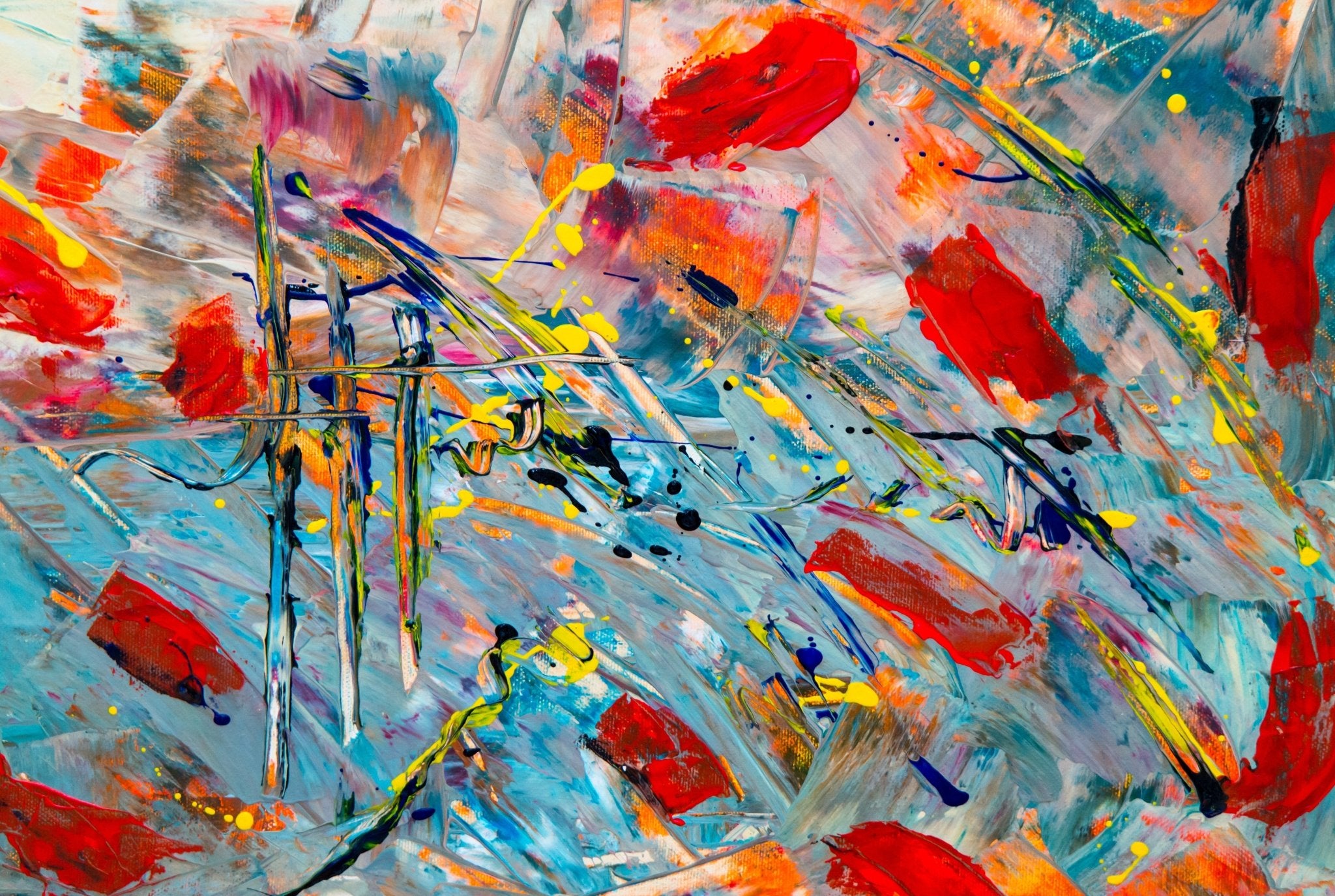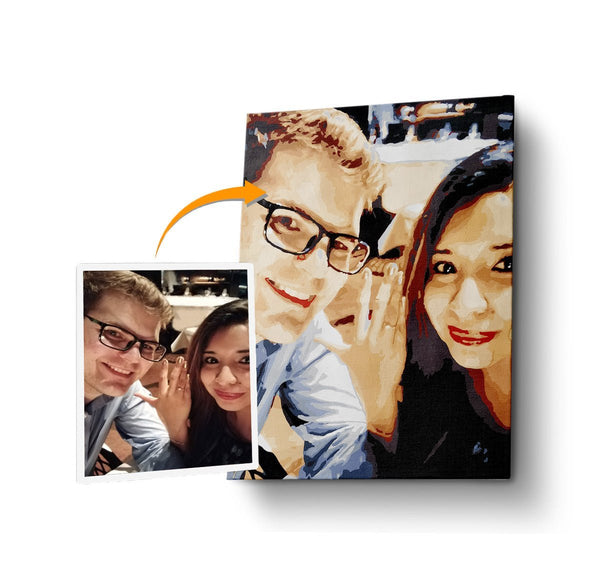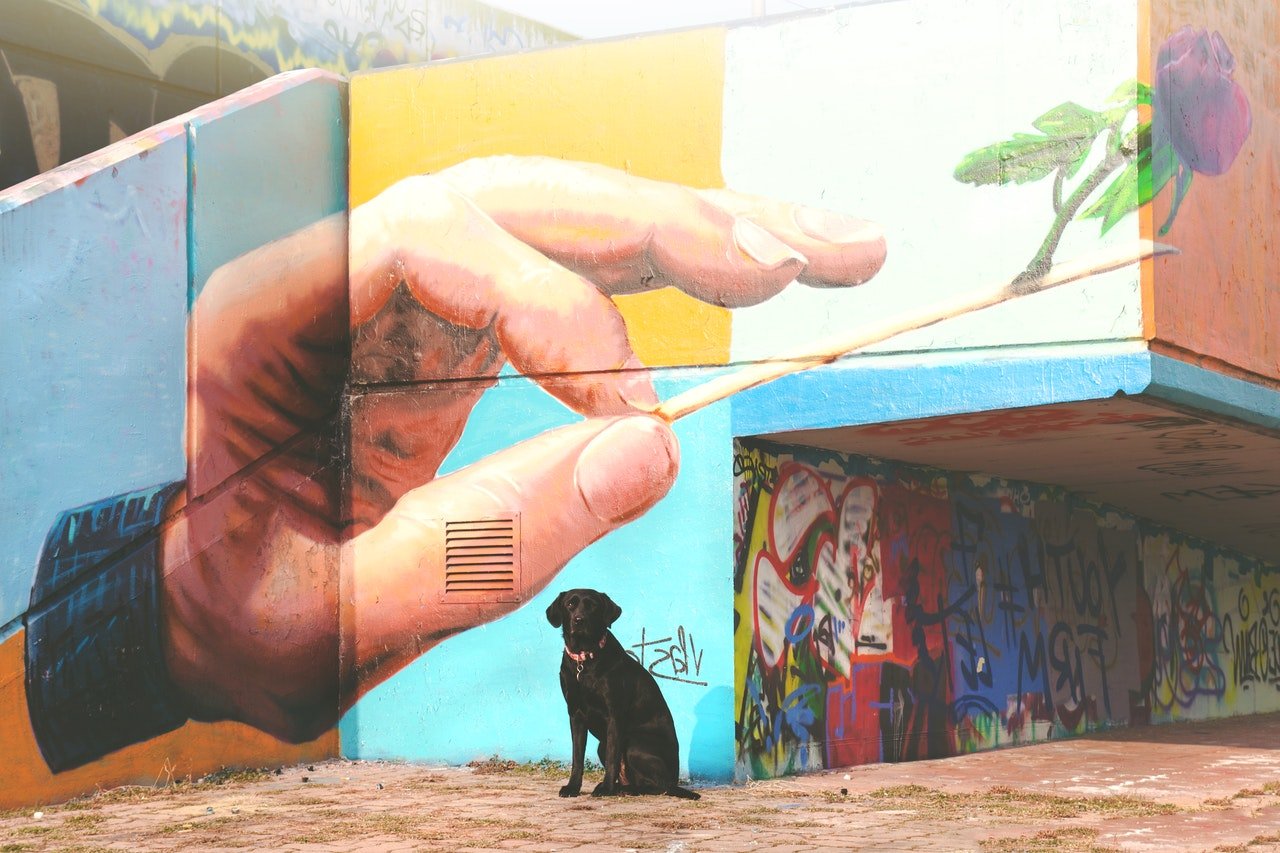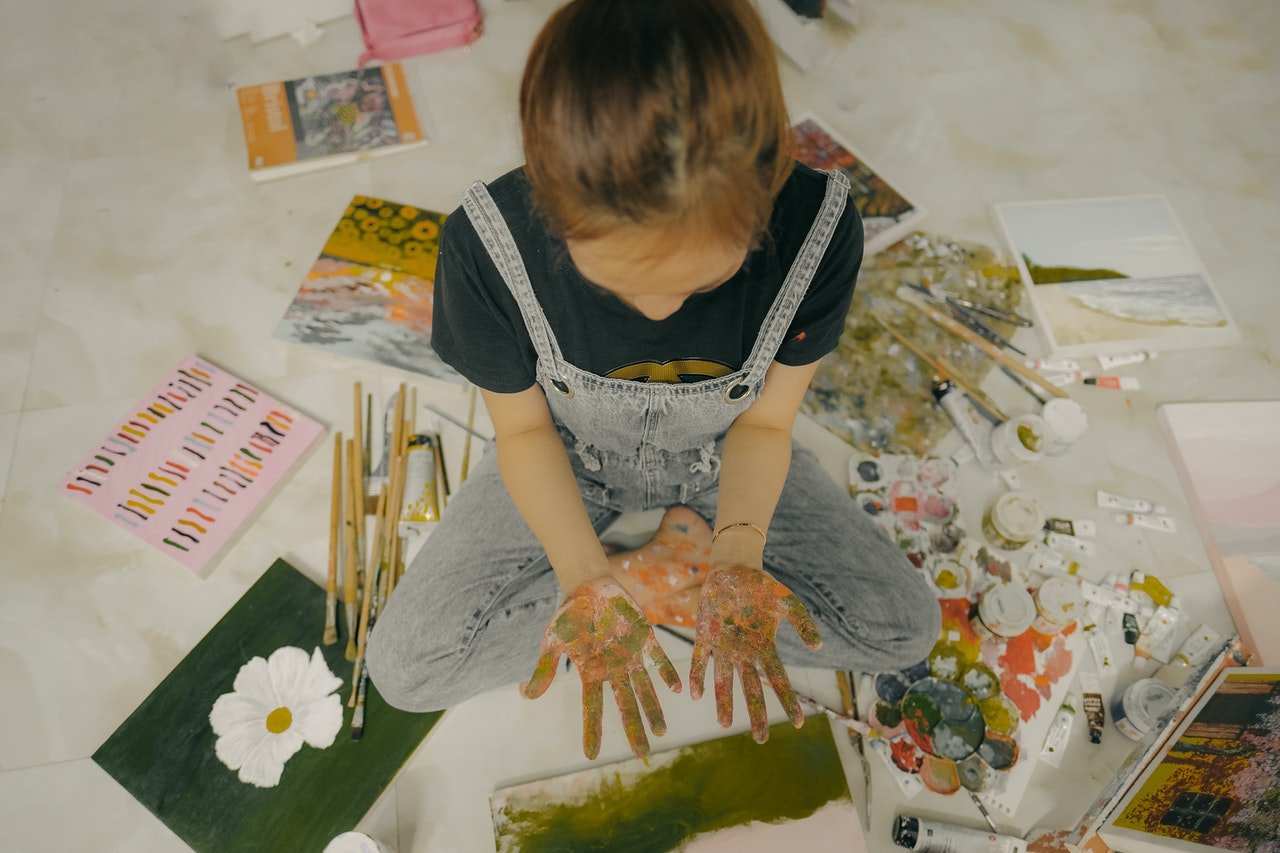
Abstract Expressionism and the Case of the Decline in Realism
Abstract Expressionism became known as an art movement to celebrate one's self: a method for expression without limits, subjectivity, and personal emotions. Regardless of the negative feedback it received during its birth in the 20th century, it is now regarded as one of the most popular, expensive, and important art movements in the entire history of art. How did it happen? To give you a little bit of historical background about this movement.
Abstract Expressionism emerged in the context of Cold War politics as well as sociocultural rigidity. World War II established the United States as a worldwide power, and many Americans reaped the rewards of tremendous economic expansion in the years after the war.
Indeed, the trend signaled the postwar relocation of the artistic center of contemporary painting from Paris to New York City. This art movement represented the globalization and even the “Americanization” of visual arts in the modern era. But surely, the reason is so much more than this. Well, other than the geopolitics behind this art style, this movement also symbolized freedom, in the time of a politically-repressed and somewhat conservative society. Artists were granted more creative freedom and influence, allowing them to pursue their interests and resources in the new industrial and contemporary society.
Artists were able to explore more openly now that they were commissioned by the public and patrons, and they were recognized for the intellect and 'highly abstract' underlying their creations. Today, let's take a deeper look into one of the most celebrated art movements in the 21st century: abstract expressionism. Keep on reading to learn more!

“Childish,” “easy,” “difficult to understand” and “lacking meaning,” are some of the words often attributed to Abstract Expressionism. But the main question is, how true are these words to any extent? Well, that lies with the viewer who interprets the painting. Regardless of the negative feedback from abstract art garners, it still flourished, and most of the paintings under this style were sold from thousands of dollars to even millions. To date, the most expensive abstract art piece was sold at a whopping price of 300 million dollars back in 2015.
This painting is entitled Interchange and it was created by no other than Willem de Kooning. The price could even go higher if the painting is to be auctioned again.
With the rising demand for abstract art, the price sold by artists goes even higher. Moreover, it appears that abstract art is more wanted than realistic artworks. Realism declined at the height of abstract art’s popularity. So, what exactly happened? We’ll find out more about this in the following sessions. But first, let’s get to know more about abstract art.
More About Abstract Expressionism
Beginning in the 1950s, abstract art became widely recognized and produced in European and American contemporary art. Many people were confused and even mystified by abstract art, but for those who embraced its non-referential language, there is no debate about its significance and merits.
Abstract Expressionism established New York City as the hub of the Western art world. Lower Manhattan was essential to the realm of Abstract Expressionist painters. Accordingly, the jazz music of the time had an impact on many artists. Jazz was experimental and passionate, and some Abstract Expressionists, like Jackson Pollock, claim to have painted while listening to jazz. Another artist named Norman Lewis also claimed to have been influenced by jazz music. His latter abstract paintings appear to incorporate jazz lyricism and exuberance.

In abstract expressionism, the depiction of objects from the observable world is minimal to non-existent. All art is composed mostly of abstract components such as shape, color, line, tone, and texture. Before the twentieth century, artists used abstract components to explain, depict, or replicate nature and human civilization—and interpretation outweighed expressive purpose.
Thus, the authenticity or worth of the work relied on 0n its straightforwardness and spontaneity of expression, which distinguished this movement from its predecessors. Artwork is intended to reveal the artist's true identity. The movement, the artist's "brand," is proof of the work's real creation process.
Popular Artists in the Abstract Expressionism Movement
1. Jackson Pollock:
Jackson Pollock is well known for his abstract expressionist and action paintings. Pollock dripped paint across the canvas to portray the sensation of motion in these paintings, many of which were created during his "poured" era. He addressed subjects such as surreal inner navigation and Jungian symbolism.
Despite the critical feedback his artworks received his famed 'drip paintings,' which he began producing in the late 1940s, mark one of the century's most innovative bodies of work. They may represent the lively movements in nature at times, but they could also represent man's imprisonment - in the body, the worried mind, and the suddenly scary contemporary world.

2. Willem de Kooning:
Willem de Kooning considered one of the most prominent abstract expressionists in art history, impacted many painters both during his lifetime and for the many years after his death. His work exemplifies the movement's strong, expressive flair. He established a profoundly abstract style of painting that blended Cubism, Surrealism, and Expressionism - maybe more than any of his contemporaries.
While many of his contemporaries transitioned from figuration to abstraction, de Kooning always painted figures, particularly women, alongside abstractions, with no difference between the two history categories. De Kooning argued that his true topic was space and the figure-ground relationship.
Unlike the majority of his contemporaries, de Kooning never completely abandoned the representation of the human figure. His female paintings are a unique combination of gestural abstraction and figuration. De Kooning, who was heavily influenced by Picasso's Cubism, became a master at ambiguously mixing figure and ground in his paintings while distorting his characters in the creative process.

3. Mark Rothko:
Mark Rothko is well renowned for his huge rectangular sweeps of color in his abstract "color field paintings." Rothko's purpose was to portray the core of fundamental human emotions in paint and then elicit similar emotions in his audience. He became well-known for his difficult creative process, which was represented in his color field paintings. Rothko used the pigments with very light and quick brush strokes, as though the colors were introduced into the canvas. As a result, he constructed a symmetrical accent that allowed him to experiment with hues.

The Truth Behind the Decline of Realism Art in the 20th Century
Abstract Expressionism is not the only reason why modern artists went away from creating traditional and realistic artworks since the 20th century. There’s another cause for this: photography. The 20th century saw artists deviate from conventions in the most severe manner of any time in art history.
The development of photography was perhaps the fundamental catalyst for these profound alterations to the foundations of art. When photography originally debuted in 1839, it caused quite a stir." Paintings were shown at the annual Salon exhibition in Paris during this period mainly followed the norm "irreproachably flawless surface, made with microscopic brushwork nearly indiscernible to the sight." Creating representations as true to life as possible characterized pre-modernist art.
However, with the promise of photography being able to produce more accurate representations than any master artist, the visual arts were confronted with a whole new condition; the age of technical replication.

When such technology endangered the manual generation of visuals, artists began to explore methods that fully removed them from photography. Artists began to emphasize the medium they were employed by using bolder and more visible brushstrokes in painting, for example, rather than hiding behind it. Art has shifted from depicting the world in the ways we all view it to generating imagery that portrays how that specific artist sees it.





